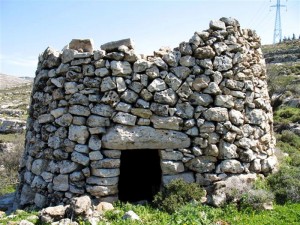“Do not gather the fallen grains … you shall leave them for the stranger and the poor.”
(Vayikra / Leviticus 19:9 -10)
Many years ago I had the dubious honour to work in an airplane food factory. I will never forget the day that I was ordered to dispose of over 1000 kilos of produce because the produce was a day past its ‘use by date’. A few minutes drive by car from this warehouse were some of the poorest areas of England, where children have as bad nutritional health as some third world countries.
Such waste is not tolerated in the Bible. According to this week’s portion, if it is even slightly possible that produce will be wasted it is to be given to the poor and needy. Any grain dropped by a harvester or fruit left on trees or grapes that fell out of the gatherers basket must be left for the poor to collect.
This is not an archaic law, but one still very much in operation today through organisations such as Leket redistribute left over food from fields, factories, restaurants and catered events.
You too can join in this commandment, make it part of your tour to Israel and work in a field gathering fallen crops to give to those in need. Either contact http://www.leket.org.il/english
Or we can build it into your tour of Israel, contact me here.
Watch this space for a new social action centered tour!
This word of Torah is dedicated to the health of Zlata bat Sima.


